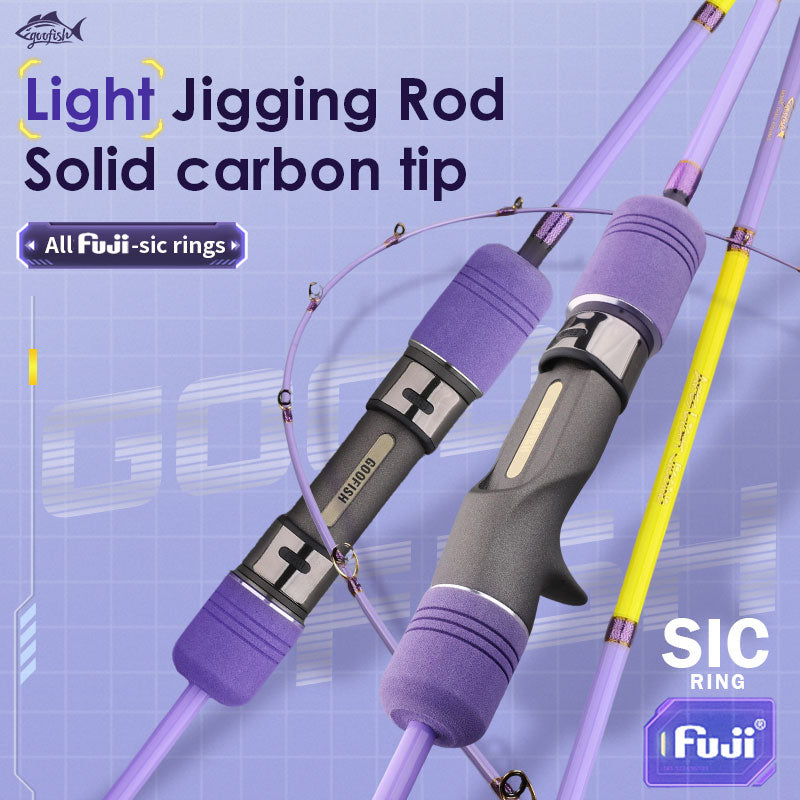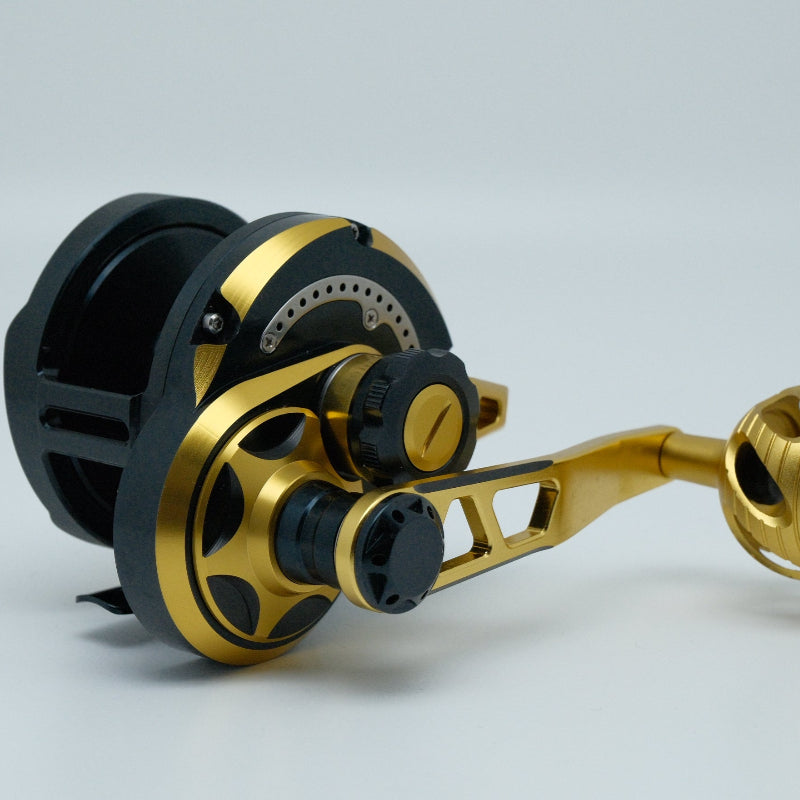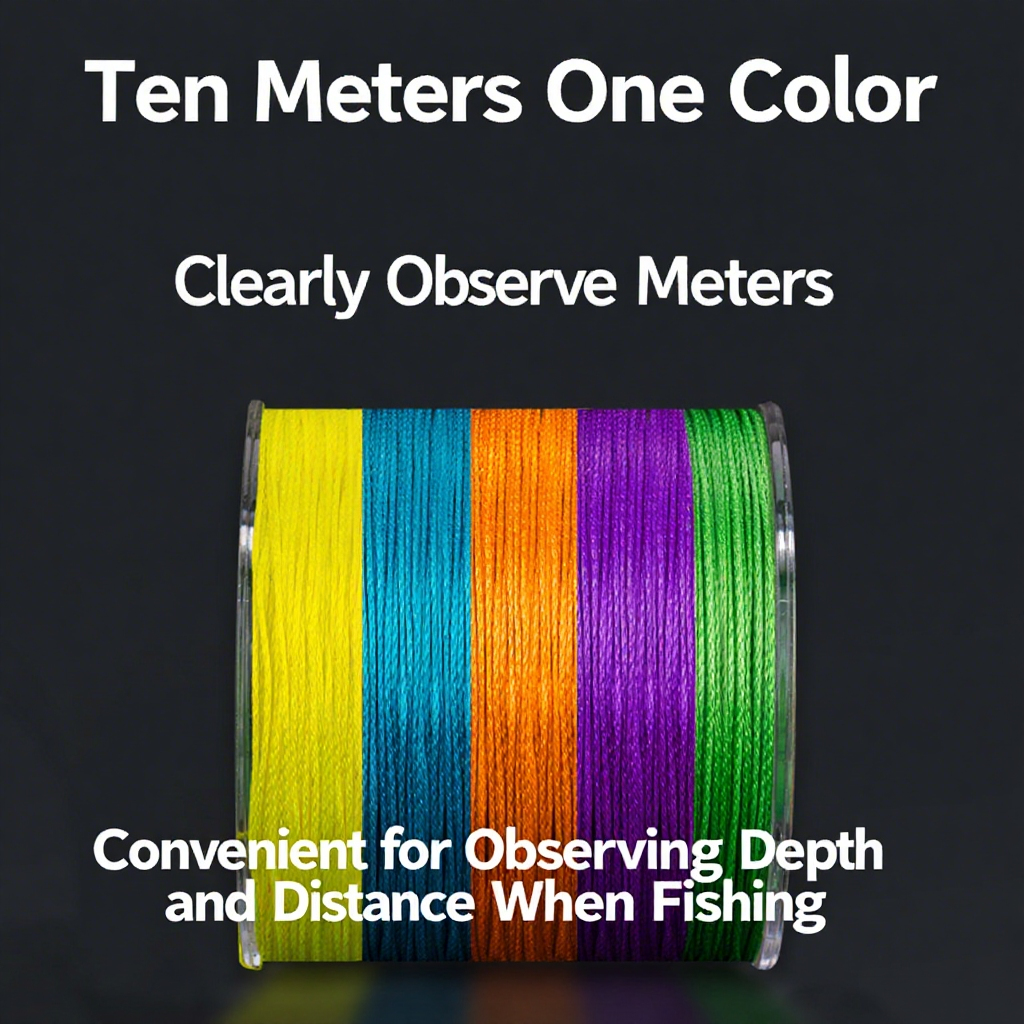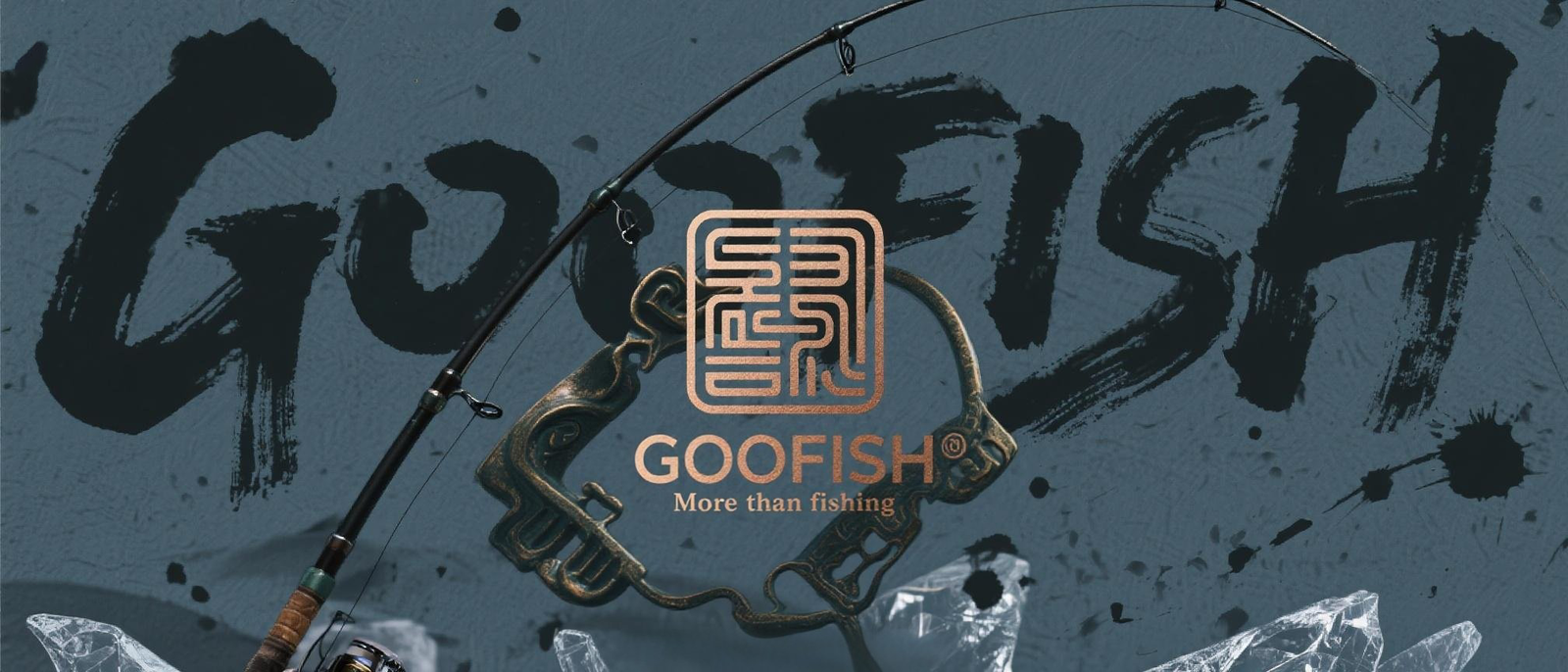Seasonal Breakthroughs: Cracking the Seasonal Hunting Patterns of Largemouth vs. Smallmouth Bass
For anglers, mastering the art of bass fishing starts with understanding the seasonal hunting patterns of your target—whether it’s the aggressive, opportunistic largemouth bass or the more elusive, structure-oriented smallmouth bass. Each species adapts uniquely to changing water temperatures, food sources, and environmental conditions throughout the year. By cracking these patterns, you can maximize your time on the water and increase your catch rates. Let’s dive into how to strategize your approach for every season, armed with the right gear—including a good spinning rod for bass that suits your tactics.
Spring: The Spawn and the Hunt
Spring is the most dynamic season for bass, as water temperatures warm (55–65°F) and both species transition into spawning mode.
- Largemouth Bass: Prioritize shallow, weedy flats and coves where they build nests. They aggressively guard their young, making them susceptible to topwater lures (e.g., poppers, frogs) and slow-moving soft plastics. Use a custom jig and spin combo for probing heavy cover, as the jig’s weight and profile mimic crawfish or baitfish scurrying across the bottom.
- Smallmouth Bass: Move to rocky shorelines and drop-offs, where they spawn in slightly deeper water (3–8 feet). They’re more wary post-spawn, preferring crankbaits, chatterbaits, or a suspending jerkbait to trigger reaction strikes. A best spinning bass rod with moderate action helps finesse these bites without spooking fish.
Pro Tip: Pair your good bass spinning rod with a low-visibility line (8–10 lb test) to avoid detection in clear spring waters.
Summer: Heat, Structure, and Ambush
As temperatures climb (70–85°F), both species seek cooler, oxygen-rich environments—but their tactics diverge sharply.
- Largemouth Bass: Retreat to deep brush piles, laydowns, or docks, where they ambush prey like bluegill or shad. Slow, steady retrieves with a Texas-rigged plastic worm or a football head jig (on a good spinning rods for bass) work best in thick cover.
- Smallmouth Bass: Head to open water, chasing schools of baitfish in mid-depth zones (10–20 feet). Trolling a crankbait or using a drop shot rig with a live shrimp can entice strikes from these active predators. A custom jig and spin setup with a light jig (1/16–1/8 oz) mimics tiny crawfish in rocky areas.
Key Gear: A spinning rod with a sensitive tip (6–7 feet, medium-light power) helps detect light bites in summer’s pressured waters.
Fall: Transition and Feeding Frenzies
Cooler temperatures (50–70°F) trigger a feeding frenzy as both bass prepare for winter.
- Largemouth Bass: Move to shallow, transitional areas (points, creek channels) where baitfish congregate. Use a spinnerbait or a chatterbait to cover water quickly, targeting surface-feeding fish. A good bass spinning rod with a fast action allows for quick hooksets on aggressive strikes.
- Smallmouth Bass: Target deeper structure (rocky humps, ledges) and stalk baitfish schools vertically. Jigs (1/4–3/8 oz) and swimbaits fished with a steady retrieve mimic wounded shad, drawing reaction strikes.
Tip: Pair your spinning rod with a braided line (15–20 lb test) for better sensitivity in stained fall waters.
Winter: Cold Water Patience
Low water temperatures (40–55°F) slow metabolism, making bass lethargic but predictable.
- Largemouth Bass: Hold in deep, protected areas (docks, offshore structure) and rarely move far. Use a slow, vertical presentation with a jig-n-pig or a small plastic worm on a good spinning rods for bass.
- Smallmouth Bass: Seek rocky ledges or deep holes, where they’ll strike a slow-falling jig or a live minnow rigged on a drop shot. Precision is key—target specific pieces of structure with a custom jig and spin setup.
Winter Gear: A lightweight, 6-foot spinning rod balances sensitivity and control in cold, windy conditions.
Final Take: Gear Up for Success
Whether you’re targeting largemouth or smallmouth bass, having the right tools—and understanding their seasonal behavior—is critical. Remember:
- Spring/Summer: Prioritize heavy cover with a custom jig and spin or slow-moving plastics.
- Fall/Winter: Opt for fast-moving lures or finesse techniques with a good spinning rod for bass.
Invest in a versatile best spinning bass rod that suits your style—whether you prefer aggressive casting or delicate presentations—and adapt your strategy to the seasons. With patience and pattern recognition, you’ll crack the code of these bass species and land more fish year-round.
Ready to elevate your bass fishing? Explore our guide to selecting the perfect spinning rod for every scenario and start dominating the water—season after season.











Leave a comment